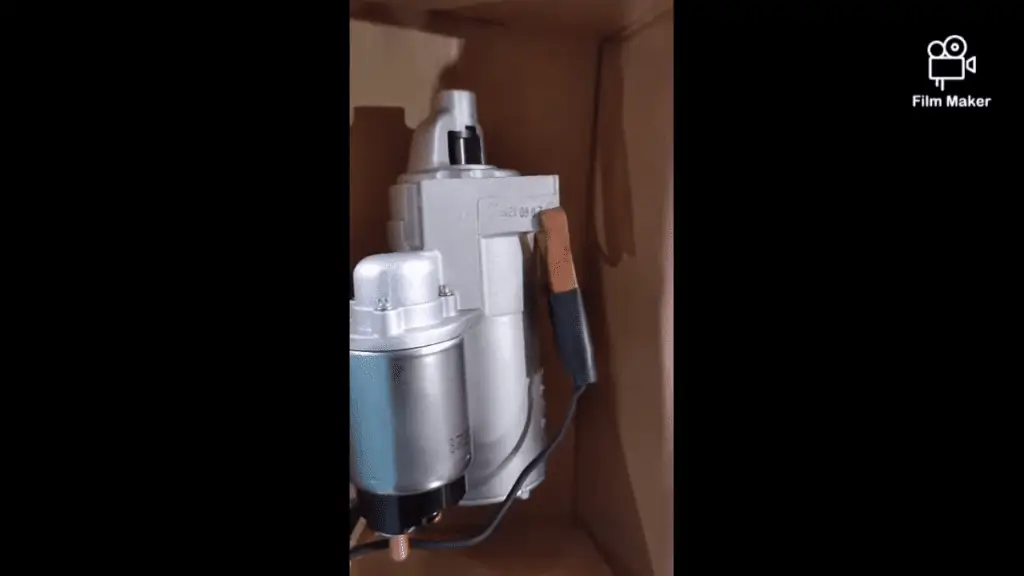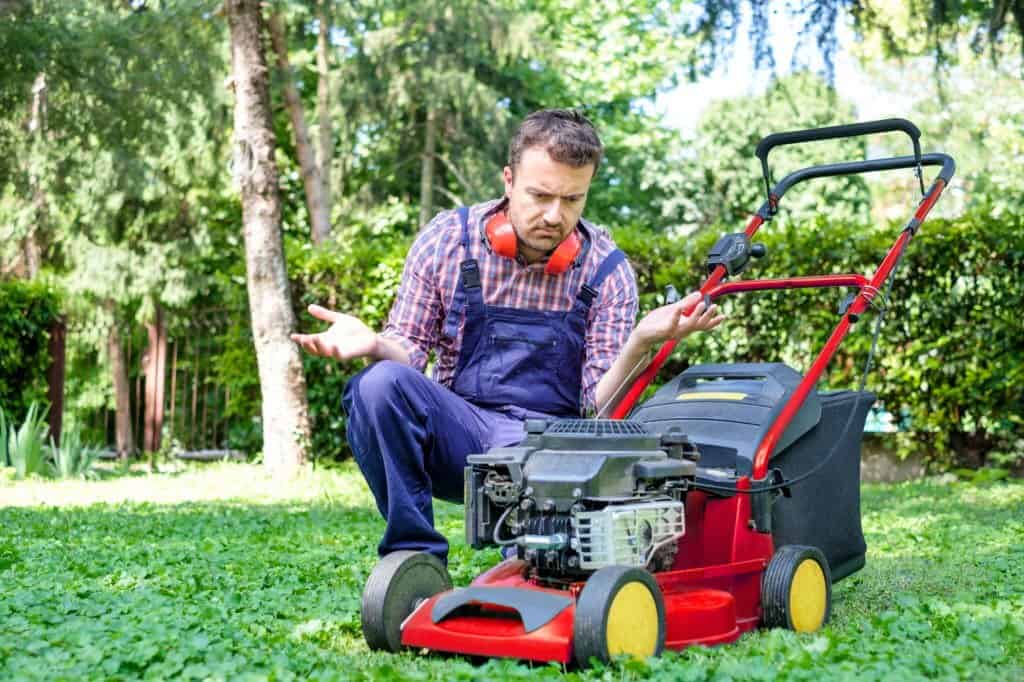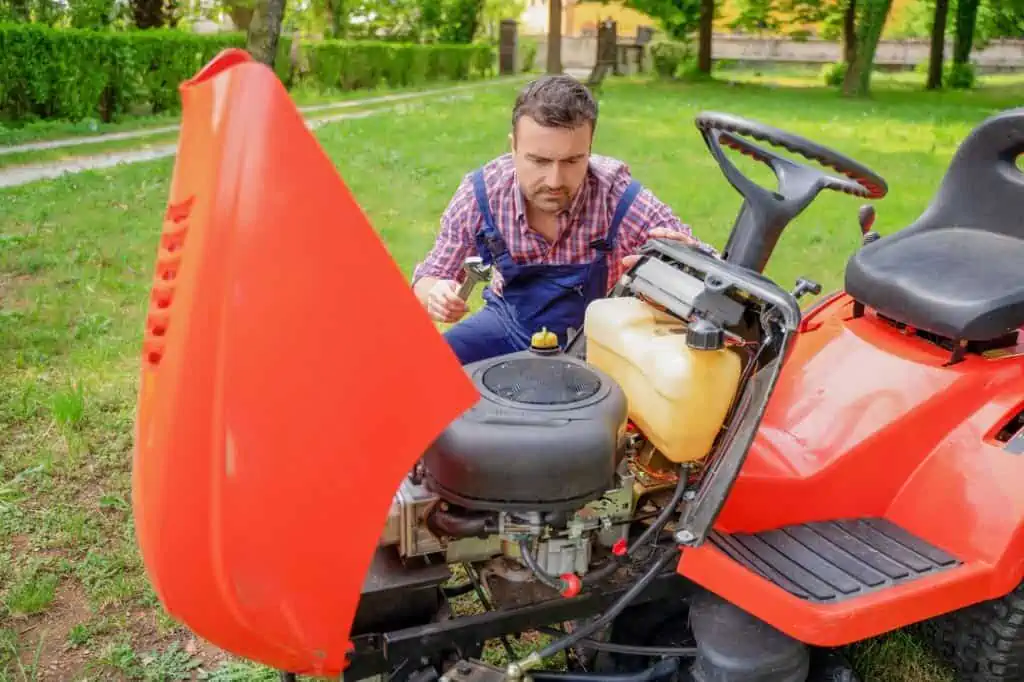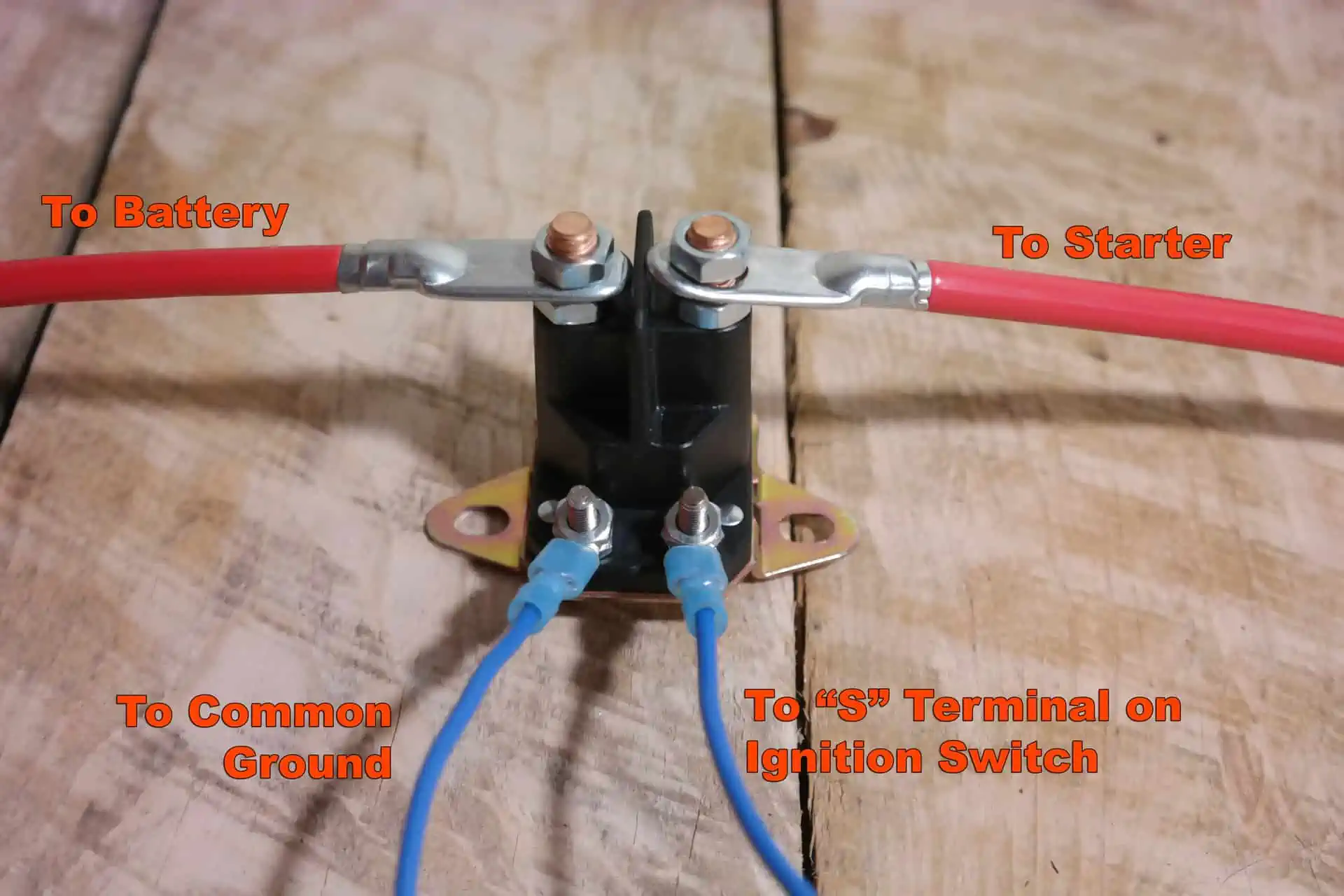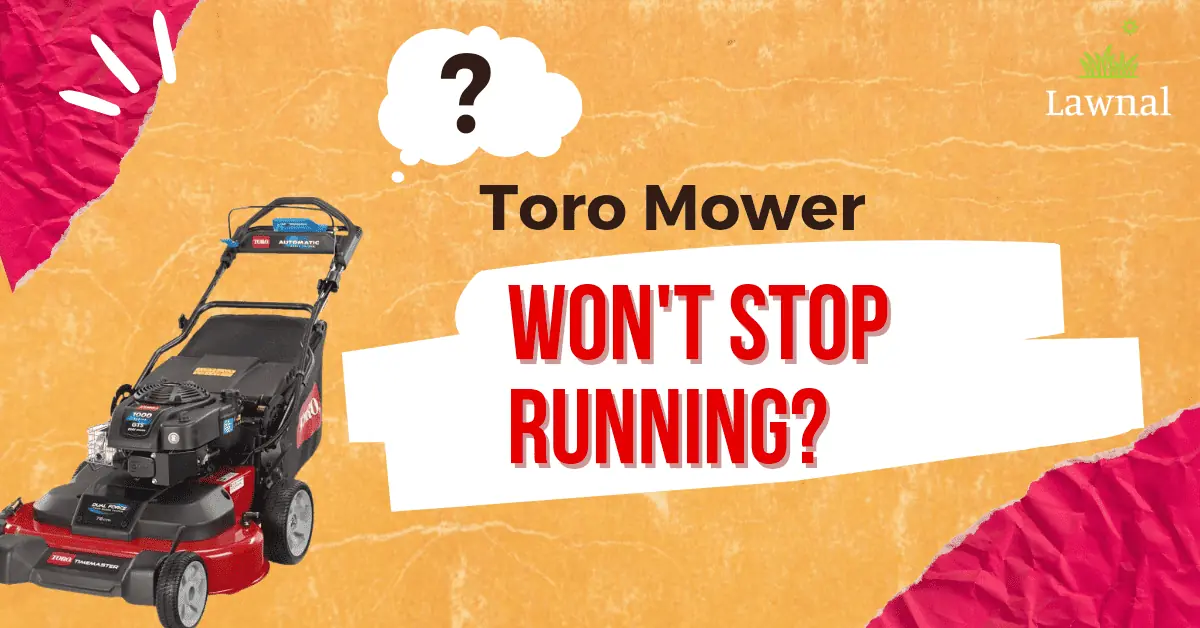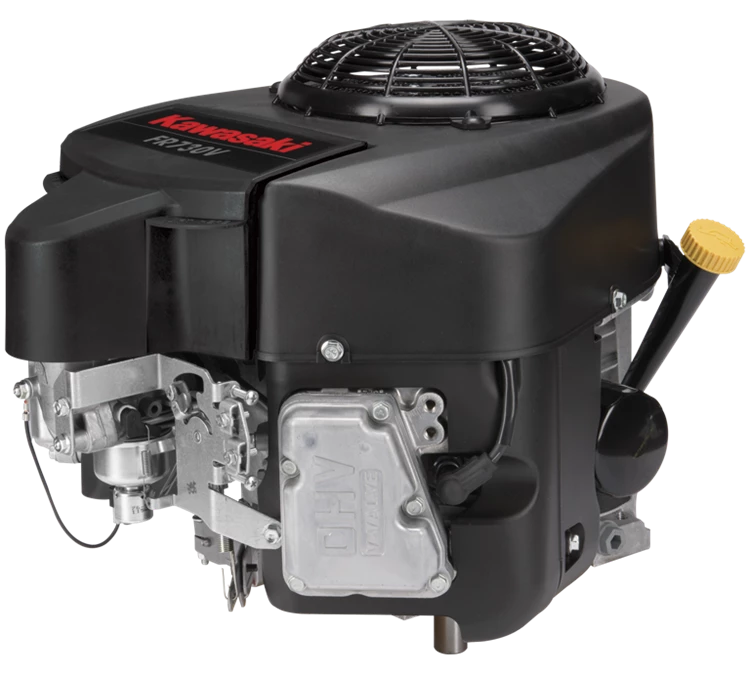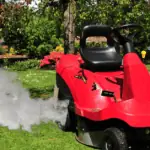Starter issues in a lawnmower can be infuriating, but it happens. The cause of a starting issue can range from a faulty starter motor, battery, ignition key, spark plugs, loose connection, or even a defective solenoid. If you experience it, the next thing is to identify the problem and work towards solving it.
While you can fix some of these faults quickly, you can’t fix others immediately. One of those components you may not be able to fix instantly is a faulty solenoid, and it can be frustrating if you need to work your lawn at that moment.
However, you can jump the solenoid on your mower and start the engine. What does it mean to jump the solenoid, and how do you go about it? This article will provide answers to those questions and more.
Components of a Lawnmower Starter System
To diagnose starting issues in your mower, you need to understand how the whole starter system works. The starter system consists of the motor, solenoids, ignition/button or key, battery, etc. All these components work together to ensure the machine starts well.
- Starter Motor: The starter motor is the component in your mower connected to the spark plugs, and it helps you to transfer current to the engine from the starter. It gives the engine the required push to generate air and gas so it can start.
- Solenoid: The solenoid’s main task is to send current from the battery to the engine. When you start your machine, the solenoid will click to show you it’s engaged.
- Battery: The battery is part of the machine that produces the needed power to run all the electrical components in your lawn mower. If the battery is faulty, the mower won’t function well.
- Ignition Button/Key: The ignition button turns your mower on and off. It can be a key in some mower models. Pressing the “On” switch will activate all the components required to start the mower, while the “off” button will stop the starter system and turn off your machine.
Symptoms of a Bad Starter
Now that you’re conversant with the starter system, the next thing is to diagnose the exact problem with your lawnmower. How do you diagnose starting issues on your mower?
1. Check the Starter Motor
Observing the sound your mower makes can give you insights into the state of the motor. If the lawnmower clicks when you start it, and the motor terminals are within the required voltage, yet the mower isn’t starting, it’s a sign of a fault.
2. Check the Solenoid
You can diagnose the solenoid by connecting it to the ground and the terminal of another battery. A working solenoid will click when you start the engine, and a bad one will not.
Sometimes, the solenoid will click, but it’ll make abnormal noises due to damaged internal components. You should only attempt to jump the solenoid if you discover that it’s the faulty part of the machine.
3. Check the Battery
Luckily, you can check your battery’s voltage using a digital multimeter. A good battery should have a voltage of around 12V; anything significantly less than that is a sign that the battery is faulty. You should charge your mower’s battery if it’s low. However, you’ll have to change the whole thing if it’s damaged.
4. Check Connections and Fuse
You can jump the solenoid if you check these components and discover that the problem is solenoid related. The following section will teach you the step-by-step process to jump your solenoid.
Lawn mower starter solenoid bypass
Jumping a solenoid is effortless if you have the right tools and know the steps. You’ll need a metal screwdriver, sandpaper, a digital multimeter, a jumper cable, and an emergency starter pack.
1. Turn on the Ignition
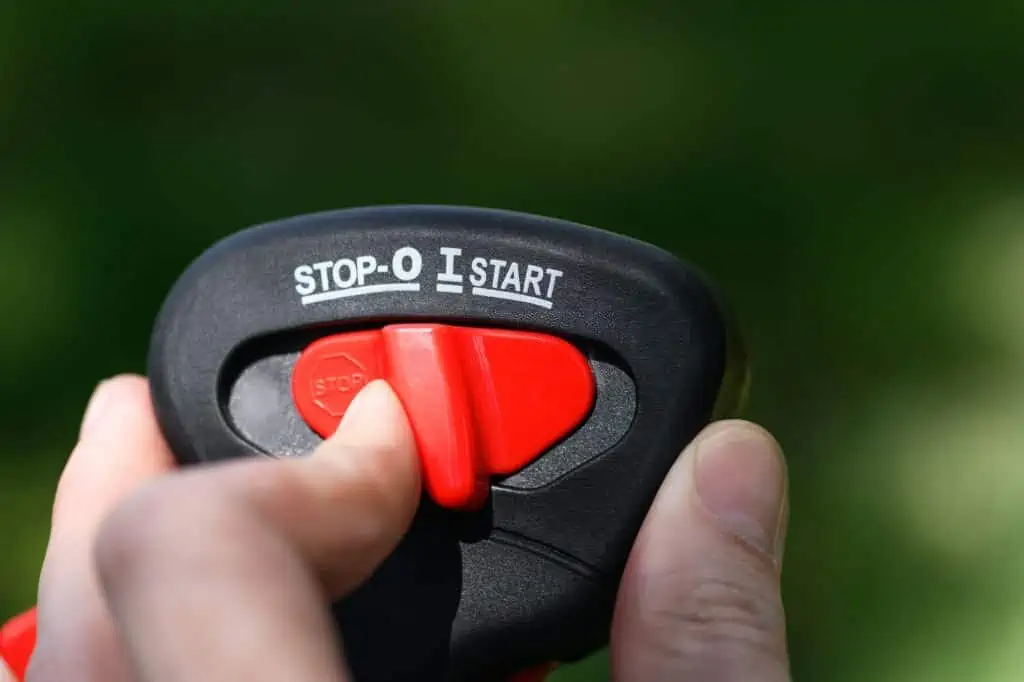
Of course, the machine won’t start because that’s the problem that you’re trying to fix in the first instance. However, leave the key in the “On” position and proceed to the next step.
2. Find the Solenoid
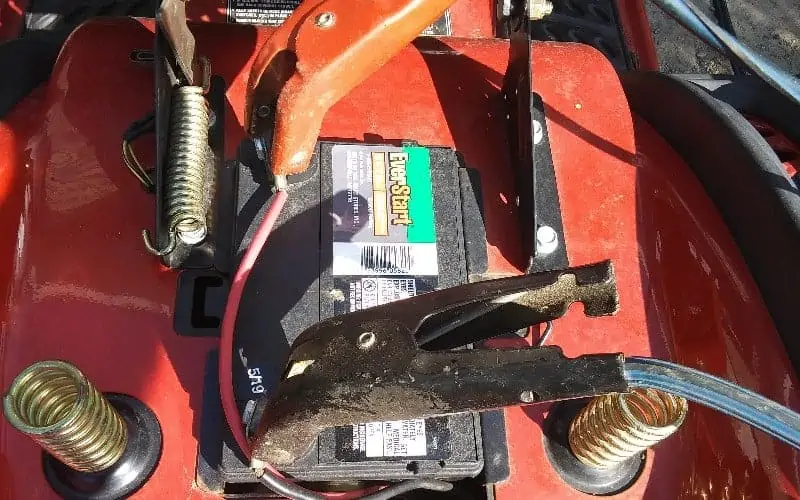
Finding the solenoid is easy if you can locate the battery. Luckily, the battery is simple to spot, and it’s either located under the hood or seat, depending on your mower model.
If you’ve found the battery, follow its positive cable until you get to a cylindrical-like structure, your solenoid. Most solenoids will have two or three wires connected to them.
3. Locate the Appropriate Terminal

The next step is to locate the strong copper connecting the battery’s positive terminal to the starter’s positive terminal. Once you’ve found it, clean it using sandpaper. You should also ensure that the solenoid is more accessible to enable you to work comfortably on it, remove it and refix it if needed.
4. Check the Battery’s Voltage
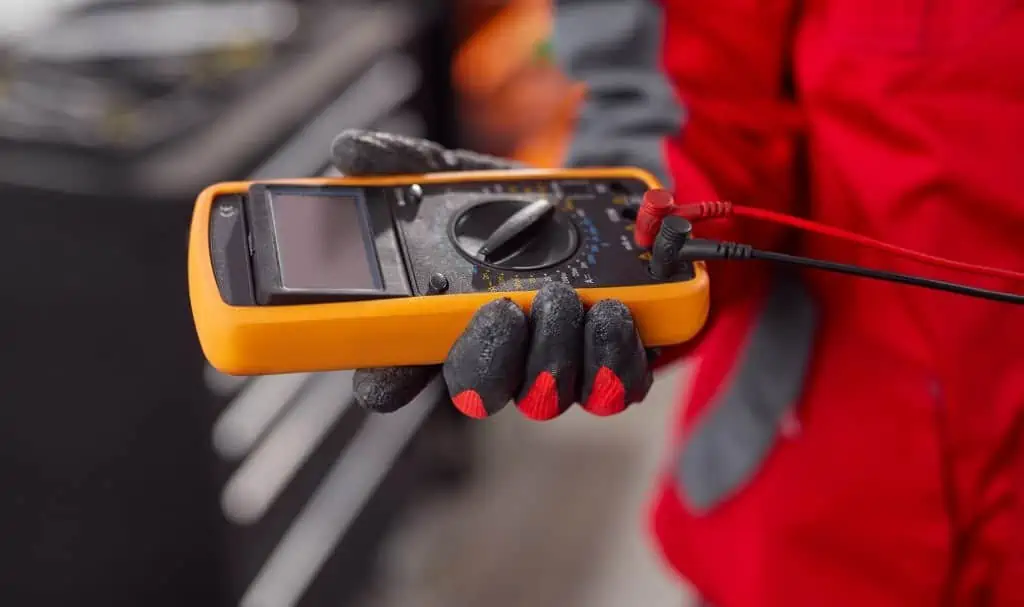
It’s essential to check the voltage of your battery before you proceed. A battery with less or more than the required voltage won’t do the job perfectly. You can use the millimeter to check the battery voltage.
5. Jump The Solenoid
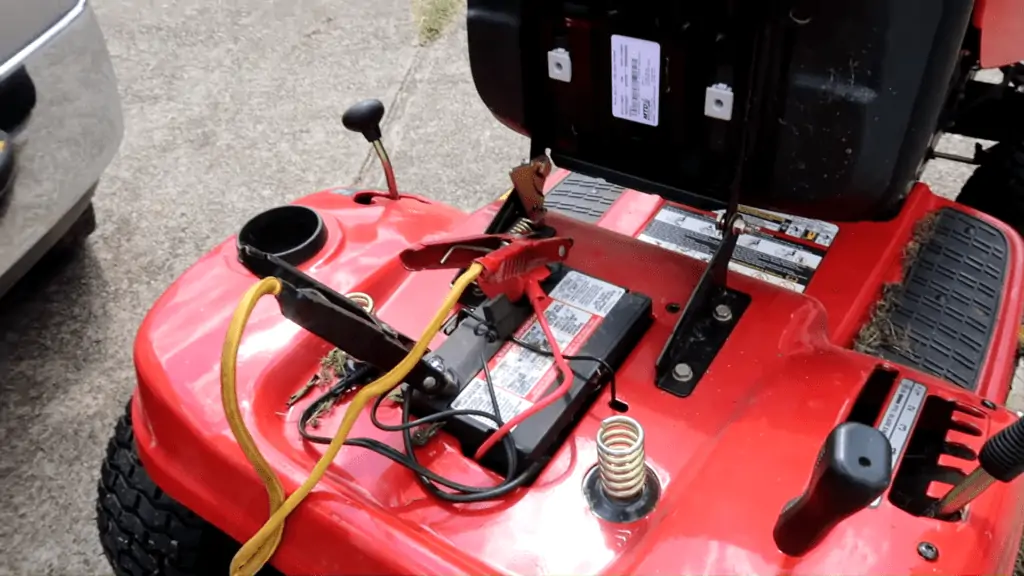
Use the jumper or screwdriver to connect the two copper posts on your solenoid to bypass it. When you perform this step, your lawnmower should start. You might need to try it multiple times before it’ll work.
You should note that the machine may produce some harmless sparks when you carry out the process. Once the mower starts, you’ve successfully jumped the solenoid.
Tips on Jumping your Solenoid
It’s essential to take necessary preventive measures before you jump the solenoid. One of the best ways to do this is to wear safety equipment like gloves, suits, safety goggles, etc.
Also, you should avoid working the mower near flammable sources due to the risk of fires because of the sparks. Additionally, avoid taking kids or pets near the workplace. If you think any of the above processes is difficult or complex, you should let a technician work on the solenoid for you.
Jumping the solenoid can help if you have a faulty solenoid at the wrong time. If you perform all the steps correctly, it shouldn’t cause any problems. Also, the pieces of equipment you’ll need are simple workplace tools.
You can easily purchase the ones you don’t have at the nearest store. Note that jumping the solenoid won’t just let you start your machine, but it will give you insightful tips on the condition of your solenoid. If the solenoid isn’t the problem, you can diagnose the issue with your mower and fix it.
